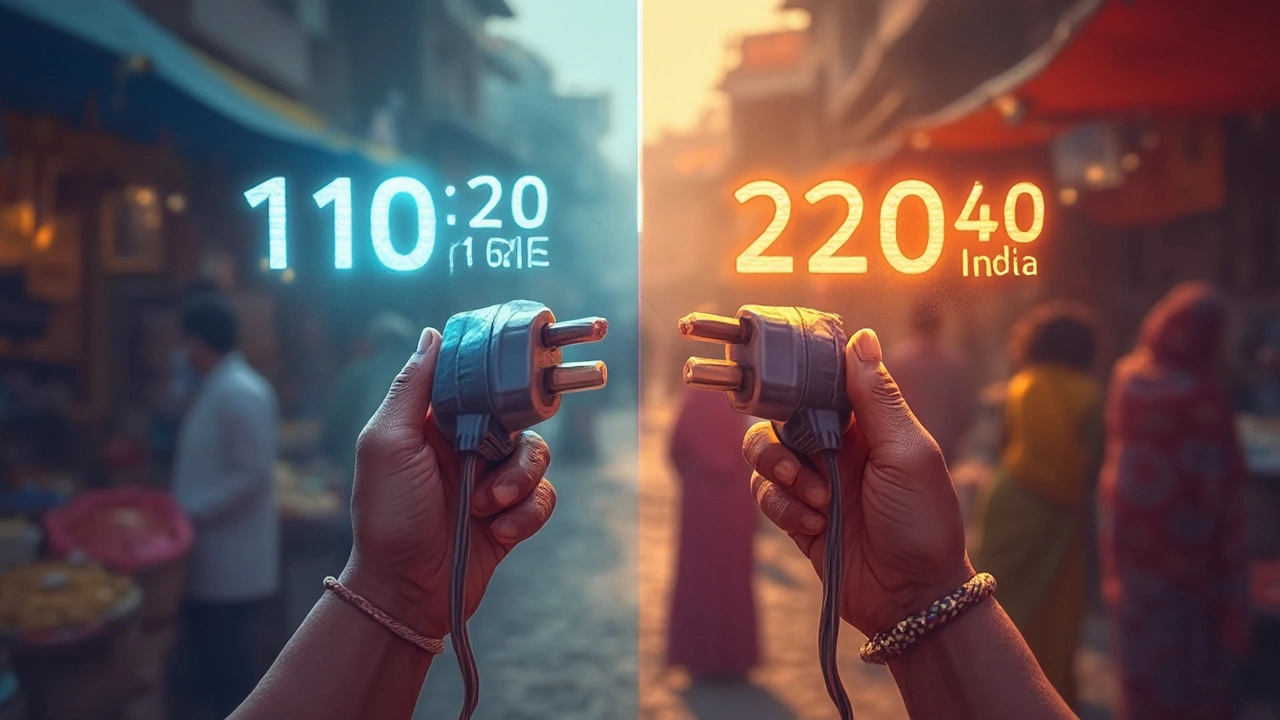Electrical Compatibility: Why It Matters in Manufacturing
Ever wonder why some machines work flawlessly together while others keep tripping the breaker? The secret is electrical compatibility. It’s the ability of equipment, wiring, and power sources to operate together without causing faults, overloads, or safety risks. In a factory where downtime costs money, making sure everything is compatible can save time, money, and headaches.
Key Factors for Electrical Compatibility
First, look at voltage and frequency. India uses 230 V at 50 Hz for most industrial power. If you import a motor designed for 120 V or 60 Hz, it will overheat or run slower. Check the nameplate on every device and match it to your supply.
Second, consider phase configuration. Three‑phase power is common in large plants because it runs heavy loads smoother. A single‑phase tool plugged into a three‑phase outlet will not get the right power, leading to poor performance. Always verify the phase type before wiring.
Third, think about current rating and protective devices. A circuit breaker sized too low will pop every time the machine starts, while one too high won’t protect against overloads. Use a calculator to match motor full‑load current (FLC) with breaker rating, typically 125% of FLC.
Simple Checklist to Test Compatibility
1. Read the nameplate. Note voltage, frequency, phase, and current. Compare with your plant’s supply specs.
2. Confirm wiring size. Conductors must handle the rated current plus a safety margin. If you see thin wires on a high‑power machine, replace them.
3. Check grounding. All metal parts need a solid ground connection. A loose ground can cause electric shock and equipment damage.
4. Verify protective devices. Ensure fuses or breakers match the machine’s FLC and have the right trip curve for your load type.
5. Run a test start. Power the machine briefly while monitoring voltage drop and current spikes. If you see a big dip, the supply may be undersized.
Following this checklist before you press start can catch most compatibility issues.
Another practical tip is to keep a log of any compatibility problems you encounter. Over time you’ll notice patterns—maybe a particular supplier’s gear consistently needs rewiring, or a certain voltage fluctuation recurs during peak hours. Use that data to negotiate better specs or upgrade your infrastructure.
Remember, electrical compatibility isn’t a one‑time check. As you add new equipment or the plant’s load changes, revisit the checklist. Regular audits keep the system safe and efficient.
In short, treating electrical compatibility as a core part of your maintenance routine pays off. It reduces unexpected shutdowns, protects workers, and lets your machines run at their best. Got a new piece of gear? Run the steps above and you’ll know it’s ready to roll.

Will US Electronics Work in India? A Practical Guide
For those considering using US electronics in India, there are important factors to understand regarding voltage and plug compatibility. Since the US operates on a 110-120V system, while India uses a 220-240V system, voltage converters or transformers might be needed. Additionally, plug types differ between the two countries, necessitating the use of plug adapters. Our guide provides practical advice for ensuring the safe and efficient operation of your devices in India.
Read More